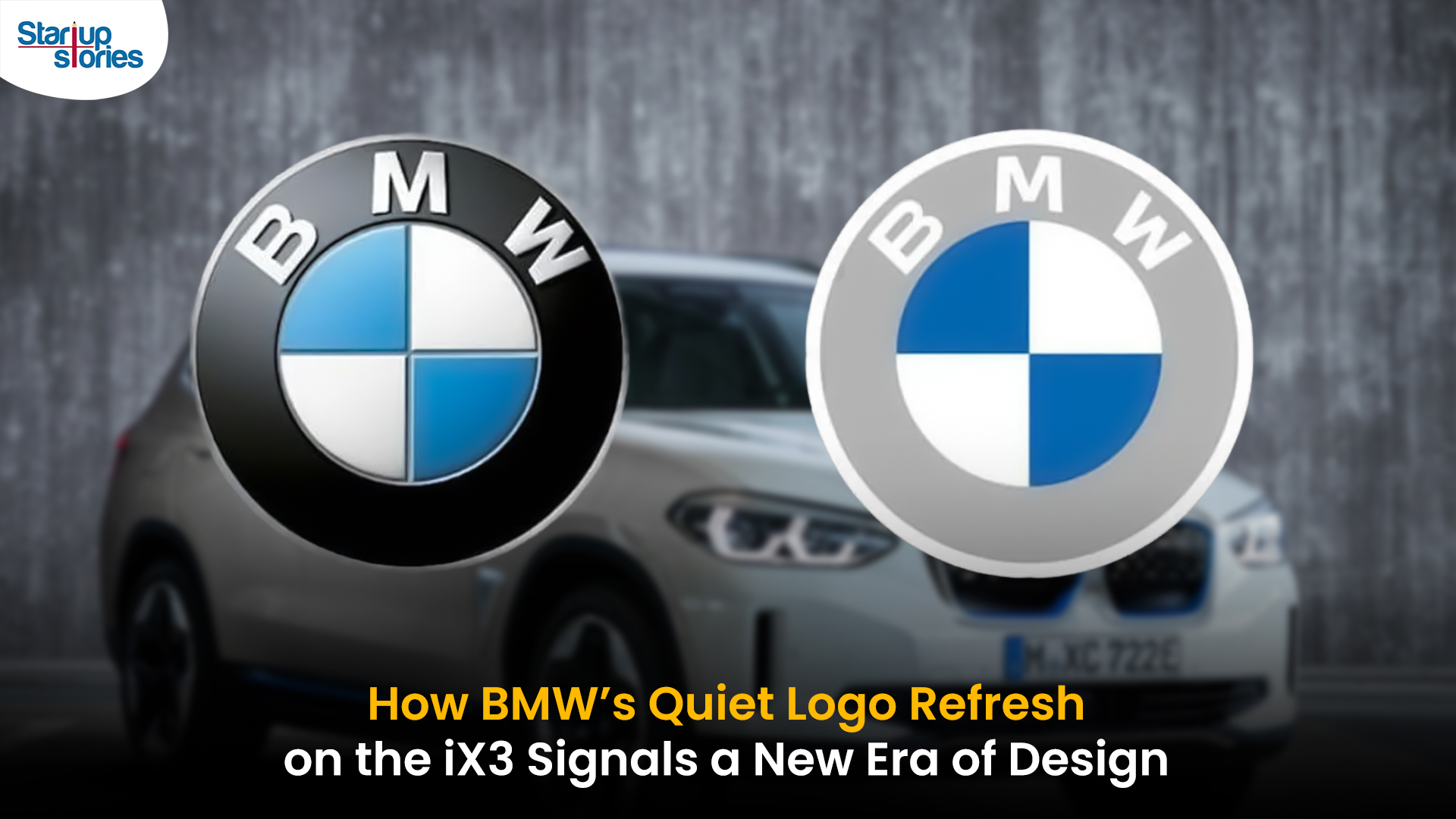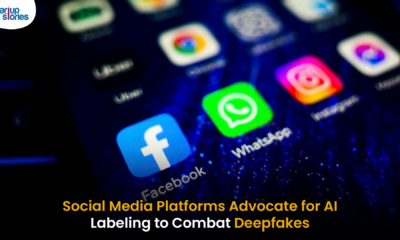News
Copyright Law And Digital Media

In simple terms, a copyright law is used to protect original content. Covering a wide range of categories, copyright law gives ownership rights to the person who created the work. Broadly classified, a copyright can be created in the following fields:
- Literary works
- Musical works
- Dramatic works
- Pictorial, graphic and sculptural works
- Motion pictures and other audiovisuals works
- Sound recordings
- Architectural works
- Computer Programs
When you own the copyrights to any of the works belonging to the above areas, it essentially means you have the right to distribute, sell or claim the ownership rights of the content. Furthermore, a copyright also enables you to prepare content similar to the original work in a new form, thereby claiming your rights on the content at the same time.
What does the copyright law in India entail?
According to the Indian Copyright Act, 1975, copyrights do not just protect the idea as an entity but the representation of the idea as a whole.
Under Section 14 of the Indian Copyright Act of 1975, ownership over the original product is credited to the creator and no one else. Furthermore, as per Sections 17, 29 and 52, the Copyright Act also provides the owner of the original content complete authority over the final product. Amended five times since its inception in 1975, the Copyright Act lets people use the content, when royalty is paid to the initial creator, with due recognition being given as well.
When does infringement occur and how do you prevent it?
In most environments, content that is generated for public viewing is put out into the world with the simple thought process that if this content is reused, prior permission from the original creators will be taken. However, when this does not happen, it results in copyright infringement.
When infringement like this occurs, it is important to keep in mind the rules required to protect yourself during a time like this.
- Identify the infringer as soon as the problem arises
The moment you realise your content is being duplicated and your content is being used without permission, bring it to the notice of the infringer immediately. Earlier, because of the absence of technology, it was harder to reach out to the person. However, the internet has made things extremely easy now. Websites like WHOIS and Internet Domain Name Search can be used to identify the perpetrator as soon as the crime happens.
- Contact the person once he or she has been identified
The moment you identify the person in question, contact them and ask them to take down the content. Send them a threat free and to the point email, stating that if the content isn’t removed within a stipulated time period, you will take them to court if needed. In addition, when you are sending the person the mail, make sure you have all the documentation required to prove you are the original owner of the said content.
- Notify the individual of your next step
Once you have notified the person and there still has not been an improvement in the situation, it is time to go the legal route. Let the person in question know you are going to send them a cease and desist, a move which legally notifies the person they have no choice but to take down the content in question.
- Use Section 51 of the Copyright Act to claim your rights
If you have gone through these multiple steps and still are not able to get back your content from the perpetrator, it is time to use Section 51 of the Copyright Act. As per the rules of this act, the person wronged can approach a court and ask for legal action to be taken against the person in question. Usually used as a final step of sorts, this step is to ensure everything you own rightfully belongs to you and you alone.
The rules of copyright law protect the final content put out into the world. What is not protected is the discussion, the ideas and the creation of this content by other people. In the broad sense of the word, this act is essential to protect monetization rights by the owners of the content, ensuring other people do not use your creations and call it their own. Furthermore, while it is okay for things to be discussed and talked about in a public forum, it is not okay to claim ownership rights. When you realise your words, ideas, music and videos are being used by other people, raise a complaint and let the person in question know it is not acceptable to steal your work. Know your rights and run into the fire with guns blazing. Stay protected, stay safe.
News
Google Launches Startup Hub in Hyderabad to Boost India’s Innovation Ecosystem

Google has launched the Google Startup Hub Hyderabad, a major step in strengthening India’s dynamic startup ecosystem. This new initiative aims to empower entrepreneurs, innovators, and developers by giving them access to Google’s global expertise, mentoring programs, and advanced cloud technology. The hub reflects Google’s mission to fuel India’s digital transformation and promote innovation through the Google for Startups program.
Located in the heart of one of India’s top tech cities, the Google Startup Hub in Hyderabad will host mentorship sessions, training workshops, and networking events designed for early-stage startups. Founders will receive Google Cloud credits, expert guidance in AI, product development, and business scaling, and opportunities to collaborate with Google’s global mentors and investors. This ecosystem aims to help Indian startups grow faster and compete globally.
With Hyderabad already home to tech giants like Google, Microsoft, and Amazon, the launch of the Google Startup Hub Hyderabad further cements the city’s position as a leading innovation and technology hub in India. Backed by a strong talent pool and robust infrastructure, this hub is set to become a growth engine for next-generation startups, driving innovation from India to global markets.
News
BMW’s New Logo Debuts Subtly on the All-Electric iX3: A Modern Evolution

BMW quietly debuted its new logo on the all-electric iX3, marking a significant yet understated shift in the brand’s design direction for 2025. The updated emblem retains the classic roundel and Bavarian blue-and-white colors, but sharp-eyed enthusiasts noticed subtle refinements: the inner chrome ring has been removed, dividing lines between blue and white are gone, and the logo now features a contemporary satin matte black background with slimmer “BMW” lettering. These enhancements showcase BMW’s embrace of modern minimalism while reinforcing their commitment to premium aesthetics and the innovative Neue Klasse philosophy for future electric vehicles.
Unlike rival automakers that reveal dramatic logo changes, BMW’s refresh is evolutionary and respectful of tradition. The new badge ditches decorative chrome and blue borders associated with earlier electric models, resulting in a flatter, more digital-friendly design that mirrors recent branding seen in BMW’s digital communications. Appearing first on the iX3’s nose, steering wheel, and hub caps, this updated identity will gradually be adopted across all BMW models—both electric and combustion—signaling a unified brand language for years to come.
BMW’s strategic logo update represents more than just aesthetic reinvention—it underscores the brand’s dedication to future-ready mobility, design continuity, and a premium EV experience. As the new roundel begins rolling out on upcoming BMW vehicles, it stands as a testament to the automaker’s depth of detail and thoughtful evolution, offering subtle distinction for keen observers and affirming BMW’s iconic status in the ever-changing automotive landscape.
News
iPhone 17 India Price, Features & Availability: All You Need to Know

Apple has officially launched the highly anticipated iPhone 17 series in India, with prices starting at INR 82,900 for the base 256GB model. The new lineup includes the iPhone 17, iPhone 17 Pro, iPhone 17 Pro Max, and the newly introduced ultra-slim iPhone Air. Apple has removed the 128GB storage variant, making 256GB the minimum for all models. The standard iPhone 17 features a vibrant 6.3-inch ProMotion OLED display with a 120Hz refresh rate and an upgraded Ceramic Shield 2 for improved durability. It comes in fresh color options like lavender, mist blue, sage, white, and black.
The iPhone 17 Pro and Pro Max models are powered by Apple’s latest A19 Pro chip and start at INR 1,34,900 and INR 1,49,900, respectively. These Pro models feature sleek titanium frames, significant camera upgrades including 8K video recording, and up to 6x optical zoom in the Pro Max. Meanwhile, the iPhone Air, priced from INR 1,19,900, is the slimmest and lightest iPhone ever, boasting a 6.7-inch Super Retina XDR display with ProMotion technology and a triple-camera setup, positioning itself between the standard and Pro models.
Pre-orders for the iPhone 17 series commence on September 12, with sales beginning on September 19, 2025. Alongside the launch, Apple has reduced prices for the previous iPhone 16 models while discontinuing the iPhone 16 Pro and Pro Max variants. The iPhone 17 series exemplifies Apple’s ongoing commitment to enhancing display technology, camera capabilities, and overall performance, setting a new benchmark for premium smartphones in the Indian market.














Jryijmxe
May 24, 2025 at 12:50 pm
Explore the ranked best online casinos of 2025. Compare bonuses, game selections, and trustworthiness of top platforms for secure and rewarding gameplaycrypto casino.
iwin
November 6, 2025 at 8:25 am
iwin – nền tảng game bài đổi thưởng uy tín, nơi bạn có thể thử vận may và tận hưởng nhiều tựa game hấp
MM88
November 6, 2025 at 11:30 am
Khám phá thế giới giải trí trực tuyến đỉnh cao tại MM88, nơi mang đến những trải nghiệm cá cược thể thao và casino sống động.
站群程序
November 8, 2025 at 10:24 pm
搭载智能站群程序,自动化搭建与管理,为SEO项目提供核心驱动力。站群程序
J88
November 11, 2025 at 4:36 am
Đến với J88, bạn sẽ được trải nghiệm dịch vụ cá cược chuyên nghiệp cùng hàng ngàn sự kiện khuyến mãi độc quyền.
MM88
November 13, 2025 at 9:13 am
Với giao diện mượt mà và ưu đãi hấp dẫn, MM88 là lựa chọn lý tưởng cho các tín đồ giải trí trực tuyến.
ios超级签
November 13, 2025 at 12:32 pm
苹果签名,苹果超级签平台,ios超级签平台ios超级签苹果企业签,苹果超级签,稳定超级签名
GO88
November 14, 2025 at 12:29 pm
Tham gia cộng đồng game thủ tại Go88 để trải nghiệm các trò chơi bài, poker phổ biến nhất hiện nay.
Kuwin
November 23, 2025 at 9:43 am
kuwin sở hữu kho game đa dạng từ slot đến trò chơi bài đổi thưởng, mang đến cho bạn những giây phút giải trí tuyệt vời.